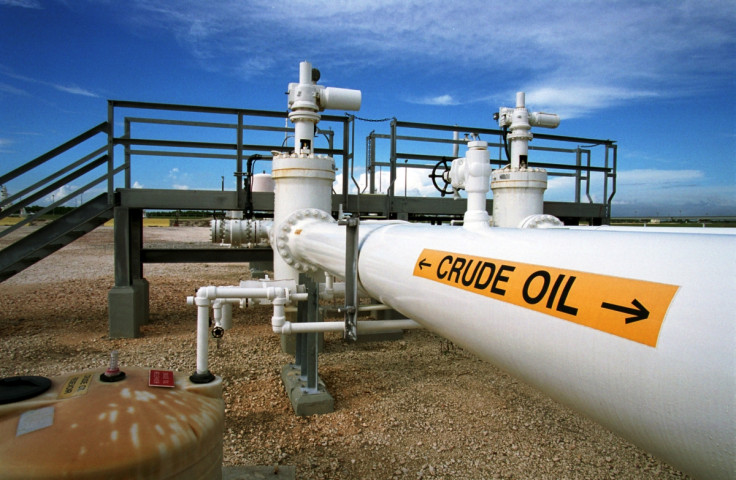Opec meeting: Oil prices inch up from five-year low as leaders meet in Vienna to deal with crisis

Oil benchmarks fell to five-year lows ahead of a meeting by the Organisation for Petroleum Exporting Countries (Opec) on Thursday (3 December). The world's biggest oil exporters are meeting in Vienna to discuss output and prices.

Brent crude fell almost 4% to under $43 (£28.90, €40.70) per barrel, but edged up on Thursday morning (3 December) after reports surfaced suggesting Saudi Arabia, the biggest crude producer, is set to propose an agreement that would balance oil markets. This would mark the first Opec initiative to deal with the falling prices since the continuing downturn started in June last year.
Markets were shaken by the announcement that the US has increased its production to 489 million barrels per day. The US Energy Information Administration was expected to report a downturn in production but brought the opposite. The news from Riyadh made investors more bullish after yesterday's rout.
However, a Wall Street Journal survey of eleven big banks has shown that analysts have downgraded their oil price forecast for next year again. After three previous downgrades, the banks are now expecting that Brent crude will reach an average of $57 a barrel, while US benchmark West Texas Intermediate is set to hover around $52.
The survey has given hope that 2016 could see the breakthrough of the $60 a barrel level. However, Opec measures have often seen that as the last opportunity to save the troubled oil price.
A seemly unstoppable oversupply has caused benchmarks to more than halve since the rout kicked off. It is also believed that oil suppliers and investors underestimated the impact US shale gas as an alternative fuel would have.
Oil firms have hiked M&A activity in an effort to cut overhead costs and survive in an environment of prolonged downturn of prices. Thousands of jobs have been lost in the industry as oil giants try desperately to get rid of any unnecessary spending.
© Copyright IBTimes 2025. All rights reserved.






















